Horse coat colors vary widely. This guide explores these beautiful coat colors in detail, ranking them from least to most rare. Each section provides insight into their characteristics, base coat color, skin color, and eye color. Let’s delve into the vibrant world of horse coat colors.
Bay
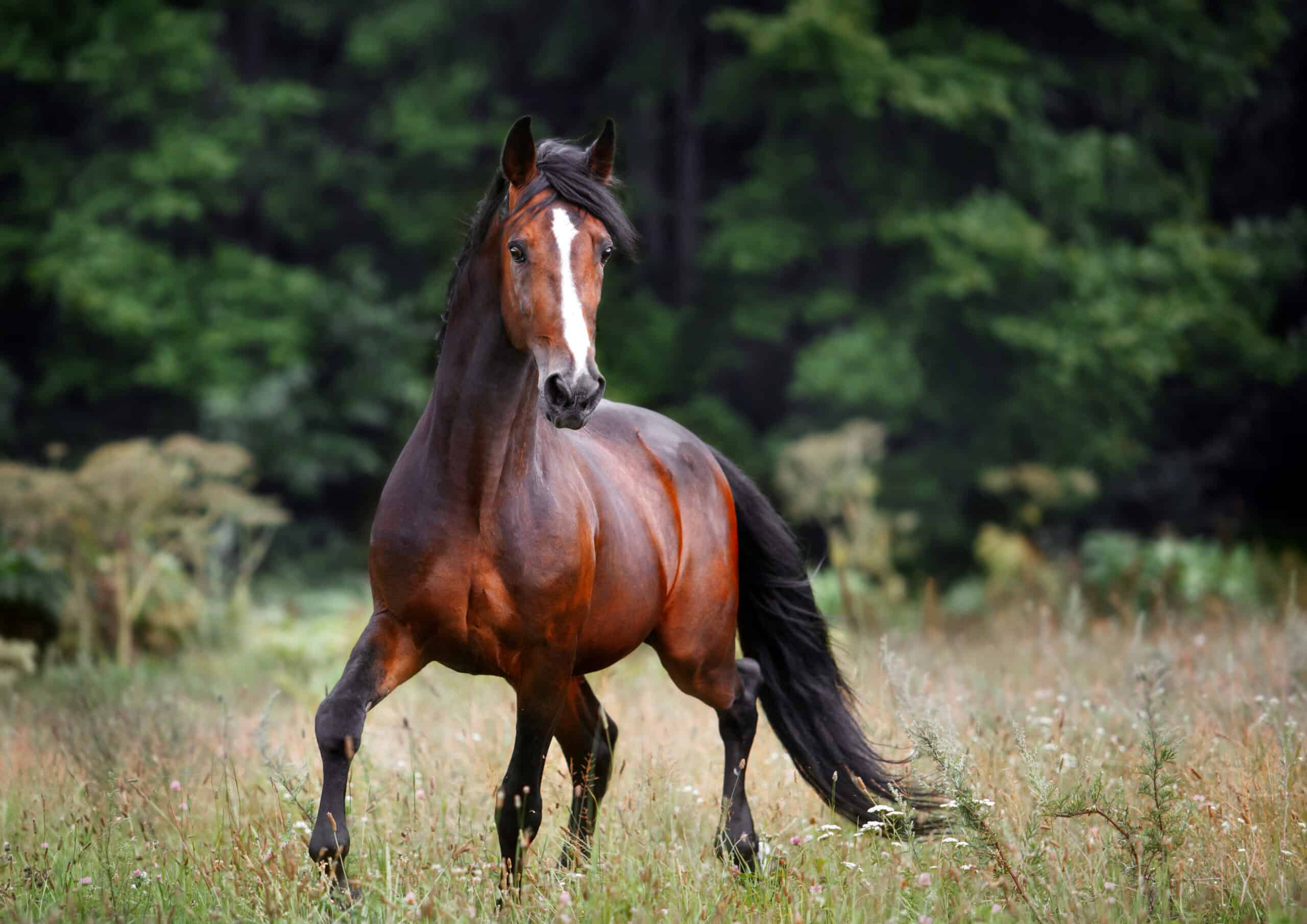
Bay is one of the most common horse coat colors. The base coat is a rich brown with black points on the mane, tail, and lower legs. Skin color is typically black. Eyes are dark brown or black. Its genetic makeup allows it to appear in various breeds. Bay horses are versatile and found in numerous equestrian disciplines.
Black
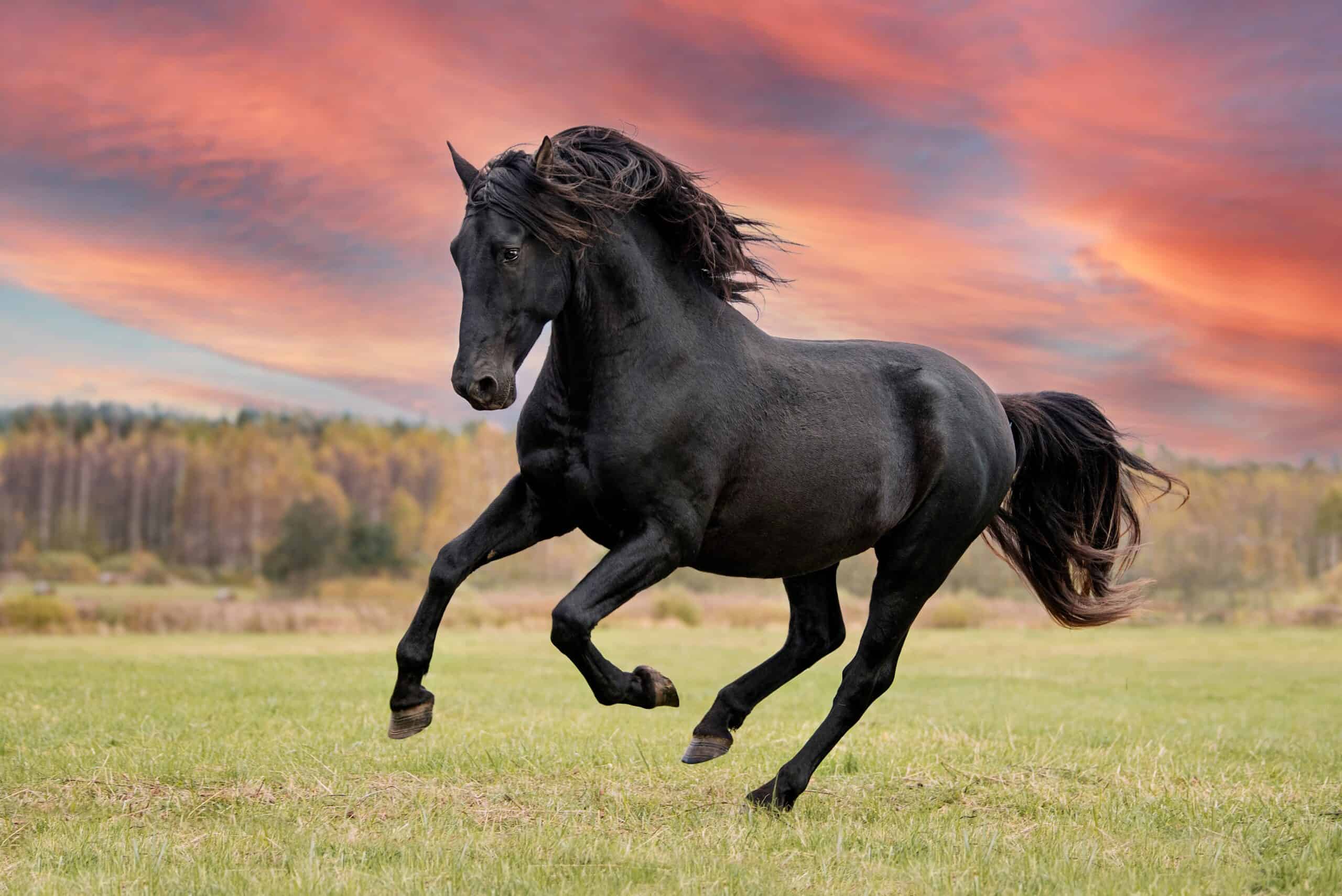
Black horses have a solid black coat. The base coat remains true black year-round. Their skin is also black. Eyes are dark brown or black. While not as common as bay or chestnut, black horses are still widely seen. The deep, glossy appearance of a true black horse is striking. Black coats can fade in the sun, requiring careful management to maintain their color.
Chestnut
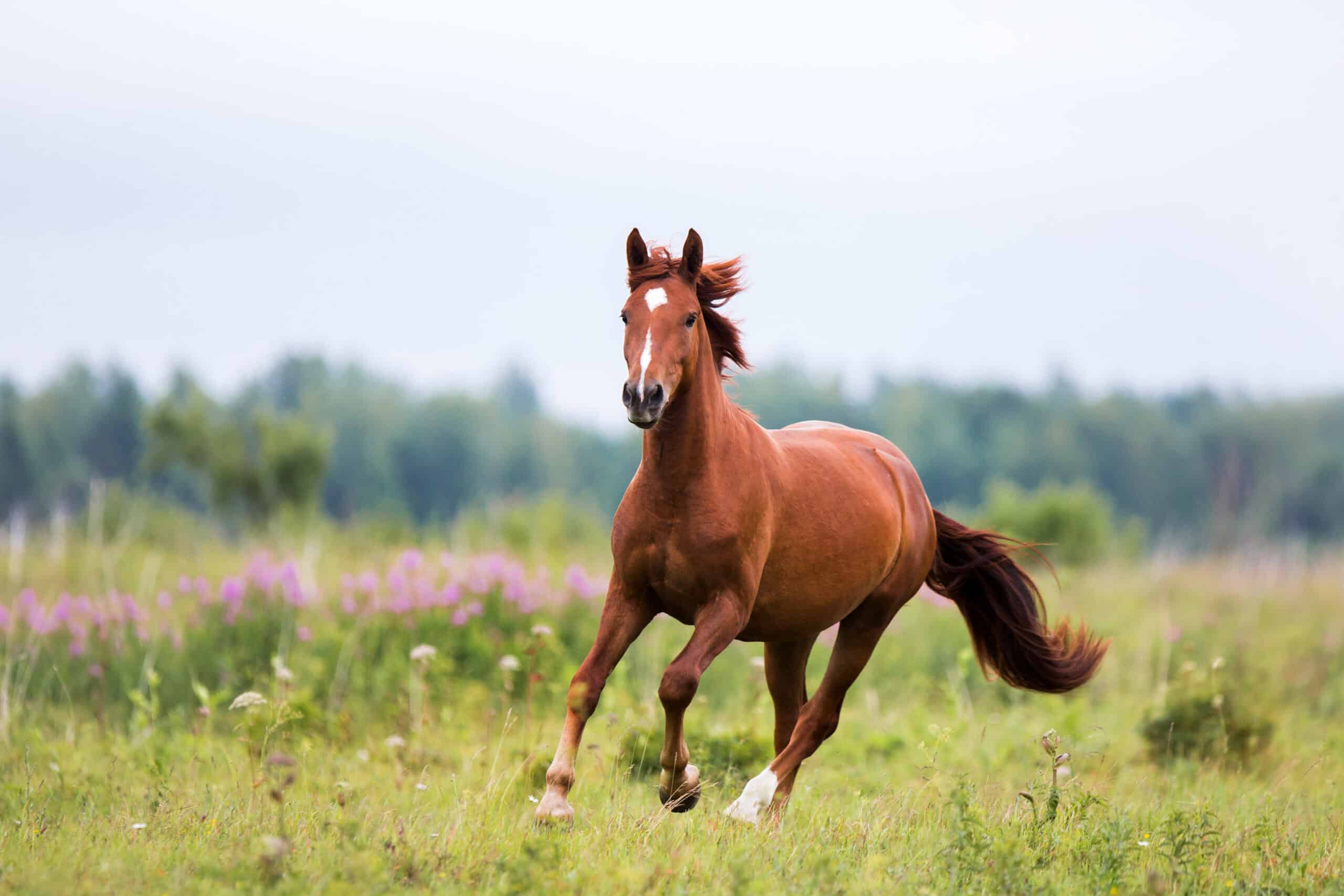
Chestnut horses feature a reddish-brown coat. The base color can range from light to dark reddish-brown. Skin color is generally dark. Eyes are dark brown. Chestnuts lack black points, which distinguishes them from bays. This color is prevalent in many breeds. The rich, vibrant tones of chestnut horses make them a favorite among equestrians.
Dun
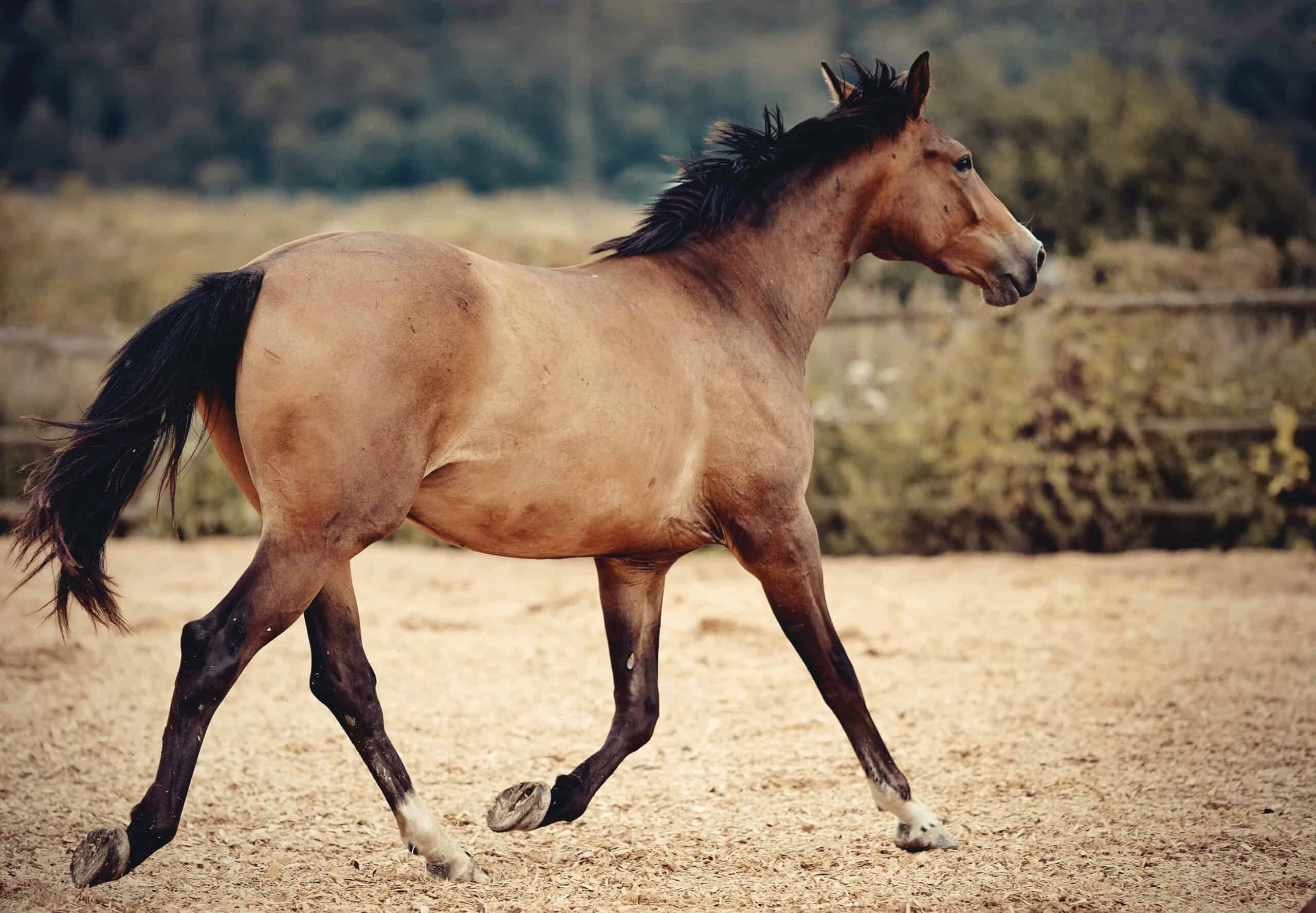
Dun horses exhibit a sandy yellow to reddish-brown coat. A distinctive dorsal stripe runs down their back. The base coat can vary, but the presence of primitive markings like leg barring is key. Skin is typically dark, while eyes are brown or black. Duns are less common than bay or chestnut. Their unique markings and historical ties to wild horses add to their appeal.
Buckskin
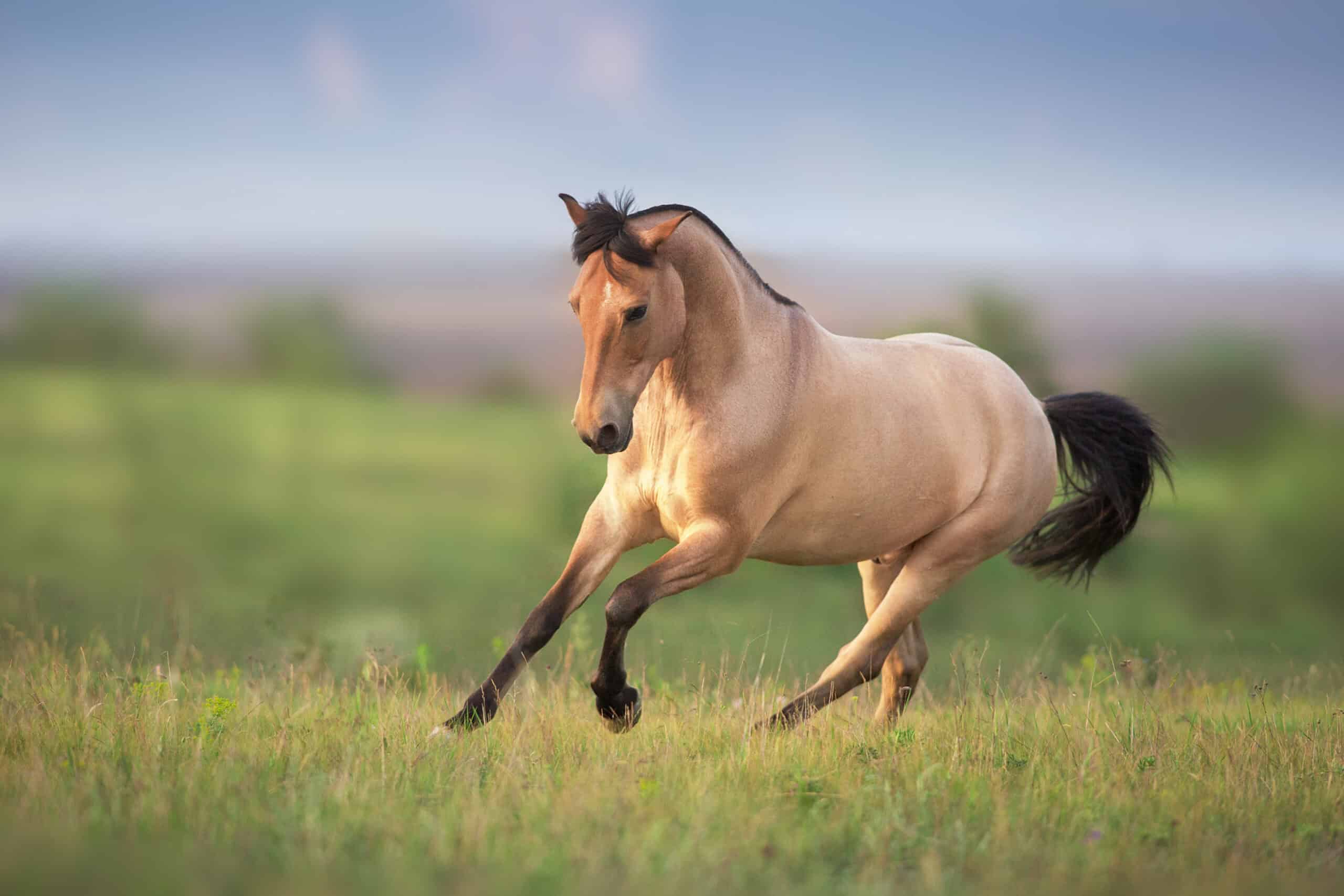
Buckskin horses have a tan or golden coat with black points. The base color resembles that of a deer. Skin is usually black, and eyes are dark brown. Buckskins are the result of a single cream gene on a bay base. This coat color is relatively rare. Buckskins are prized for their striking appearance and are often seen in Western disciplines.
Appaloosa
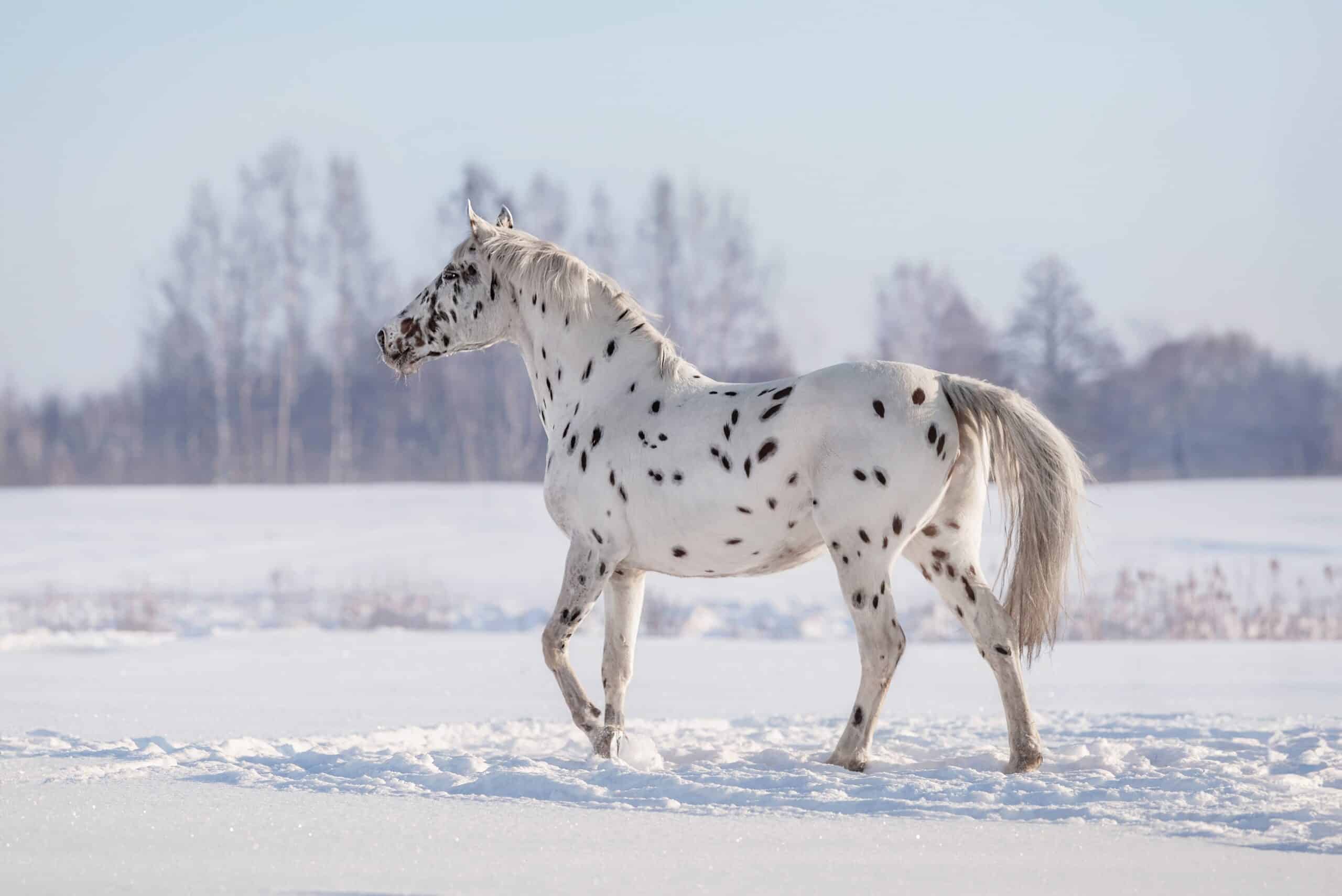
Appaloosa horses are known for their distinctive spotted patterns. The base coat color can be virtually any horse color, including bay, black, or chestnut. Skin is mottled, a unique trait among horse breeds. Eyes are typically brown but may have a white sclera visible. Appaloosa coats can vary widely, from leopard spots to blanket patterns. This color is quite rare and highly sought after. The Appaloosa’s unique appearance and rich history make it a standout in the equine world.
Brindle
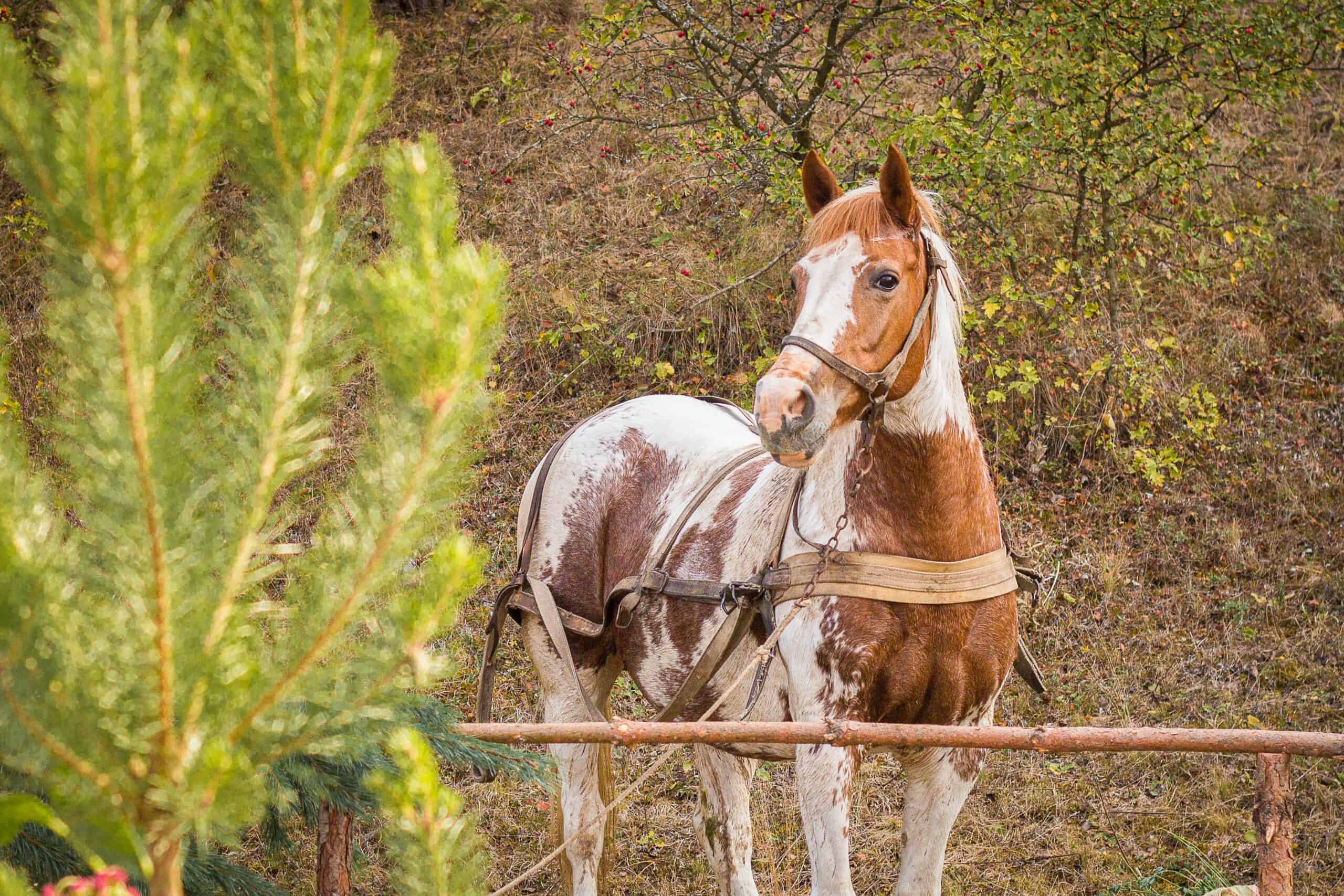
Brindle is one of the rarest horse coat colors. This unique pattern features stripes or streaks across the body. The base coat color can vary, commonly appearing in bay, chestnut, or brown. Stripes range from subtle to prominent. Most brindle horses have dark skin and brown eyes. The genetics behind this coat color are not well understood, adding to its rarity and allure.
Grey
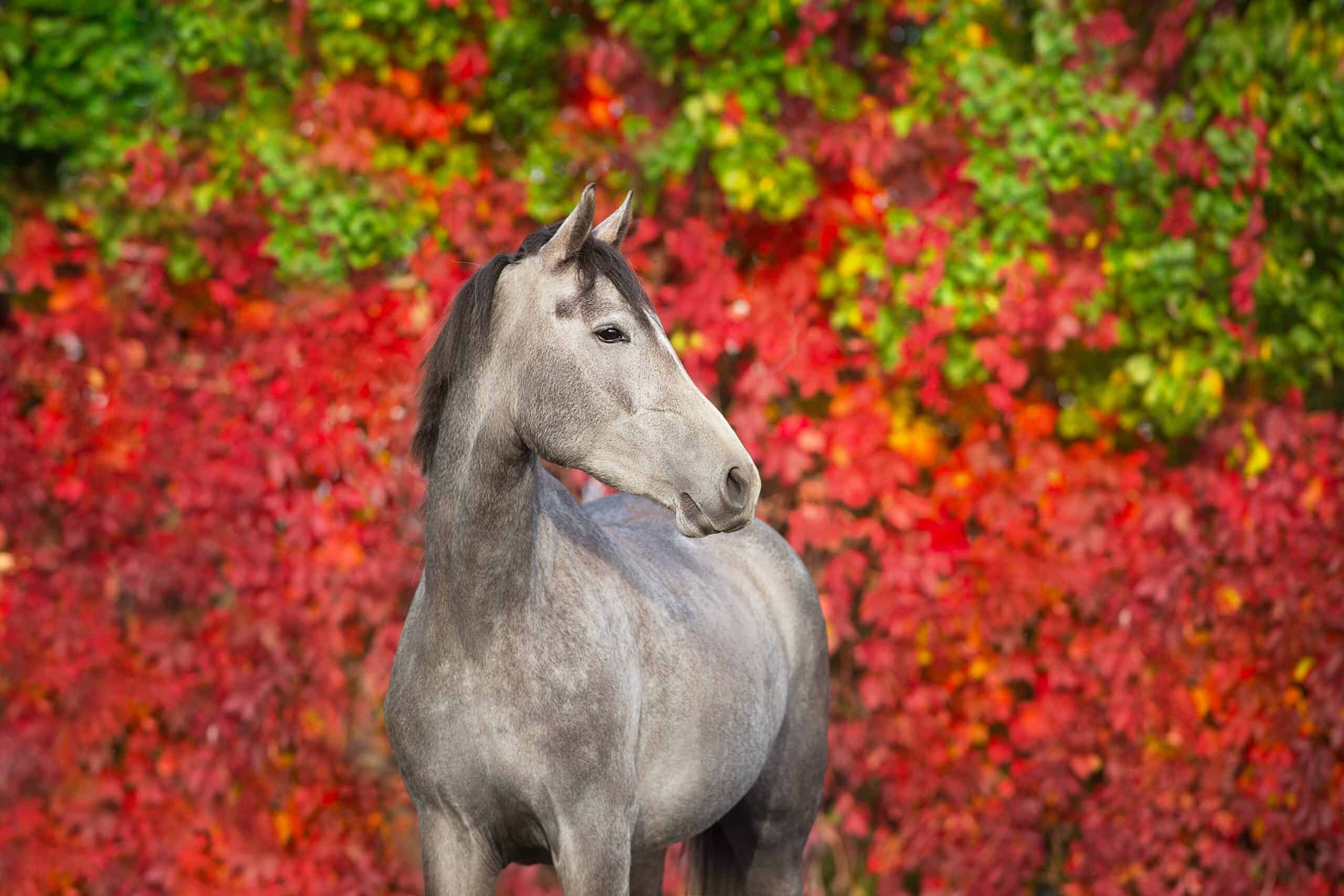
Grey horses are born with a base color that can be bay, black, or chestnut and progressively lighten over time. This color change results from a gene that causes the coat to slowly turn grey, eventually becoming white. Their skin remains dark, and they typically have dark eyes. Greys are fairly common, especially in breeds like Arabians and Thoroughbreds. The progression of their color makes them particularly interesting to watch as they age.
Silver Dapple
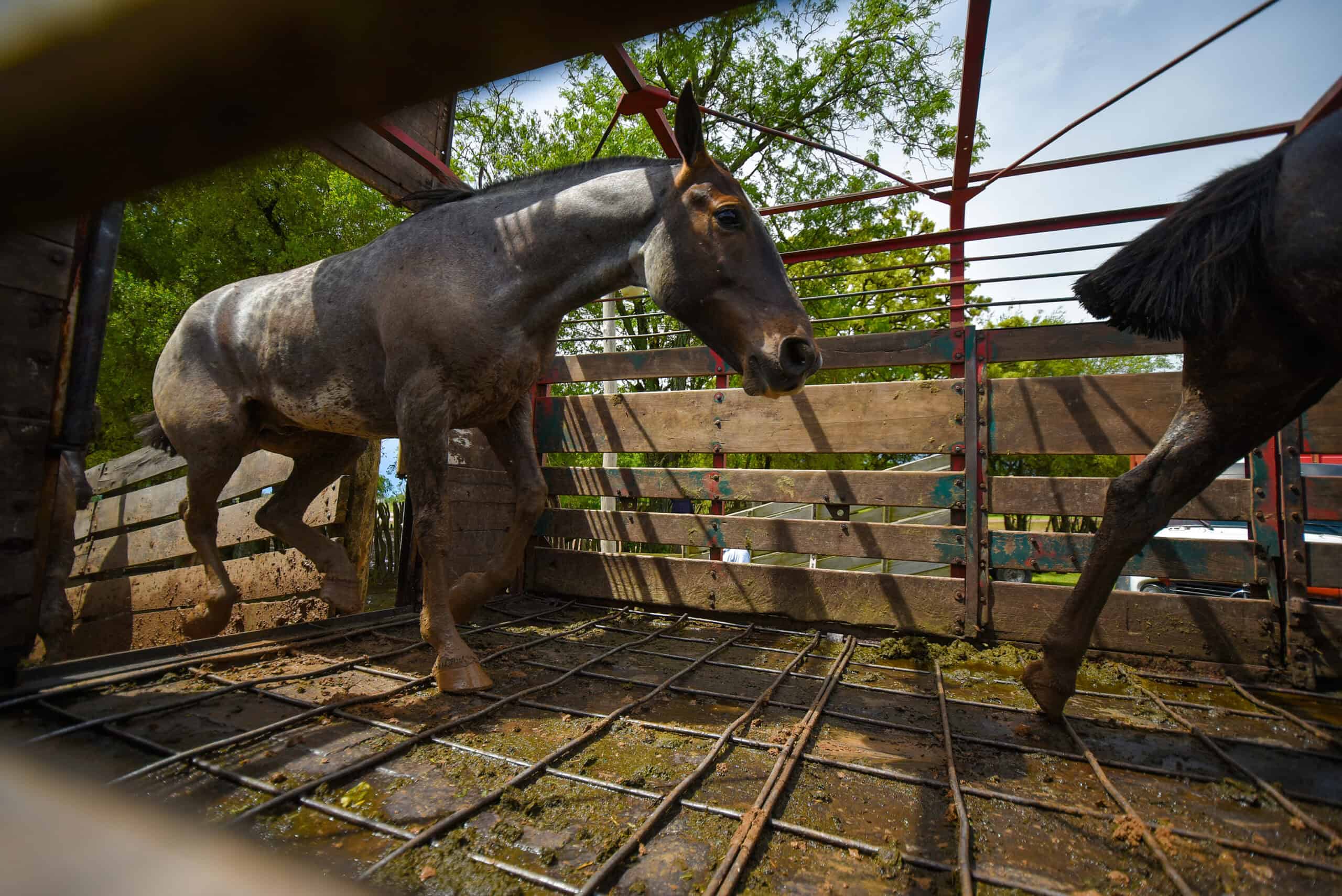
Silver Dapple horses have a stunning mix of silver and chocolate tones. Their base coat color is usually black or dark brown. This color is highlighted by a silver sheen on the mane and tail. Silver Dapples have dark skin and eyes that can range from dark brown to amber. This coat color is rare and highly prized, especially in breeds like the Rocky Mountain Horse.
Pearl
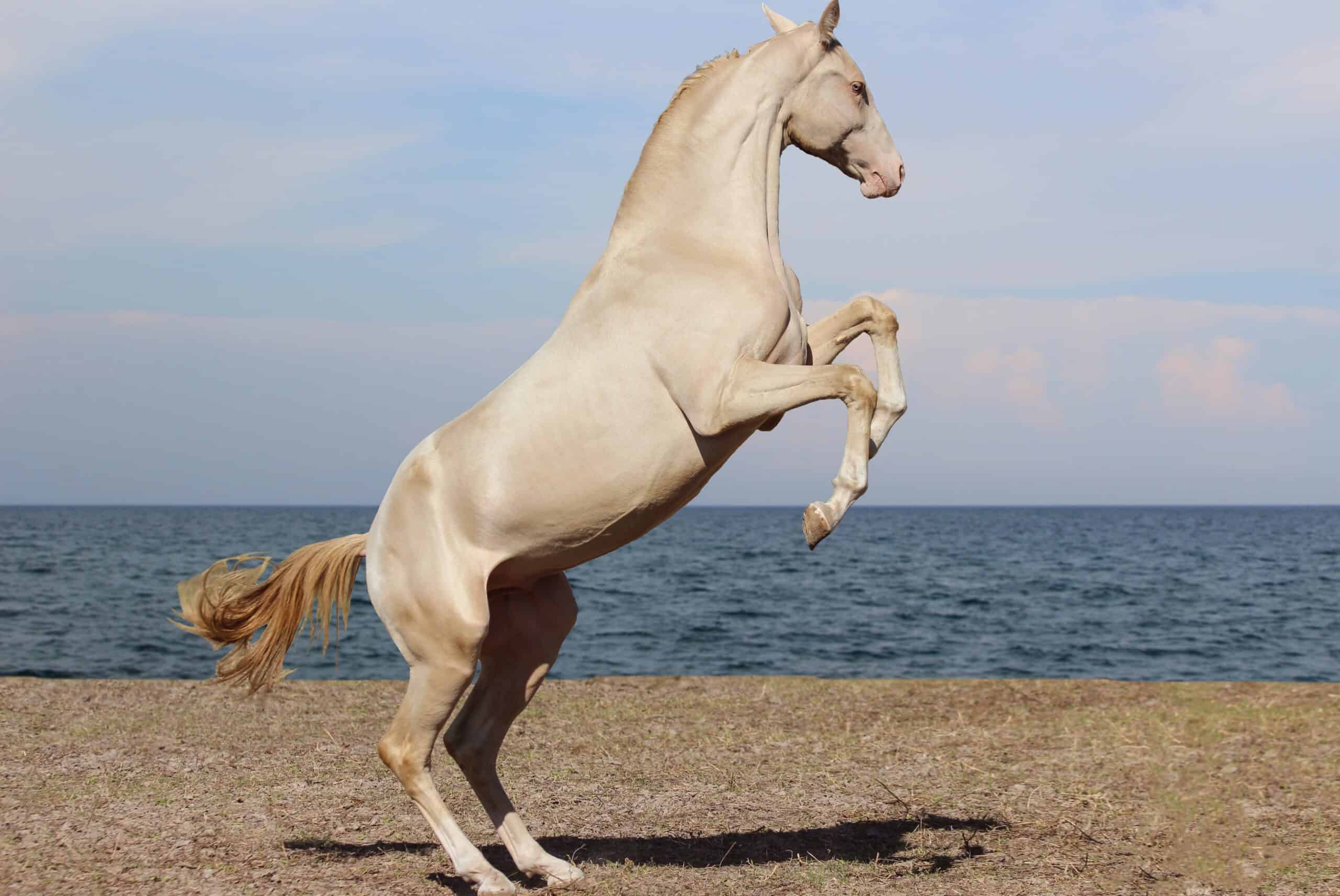
Pearl is a rare and captivating coat color. Horses with this color typically have a golden or metallic sheen. Their base coat color varies but often appears as a pale cream or gold. Pearl horses have pink or light skin. Eye color ranges from blue to amber. The gene responsible for this color is recessive. Both parents must carry the gene for the pearl color to appear.
Cremello
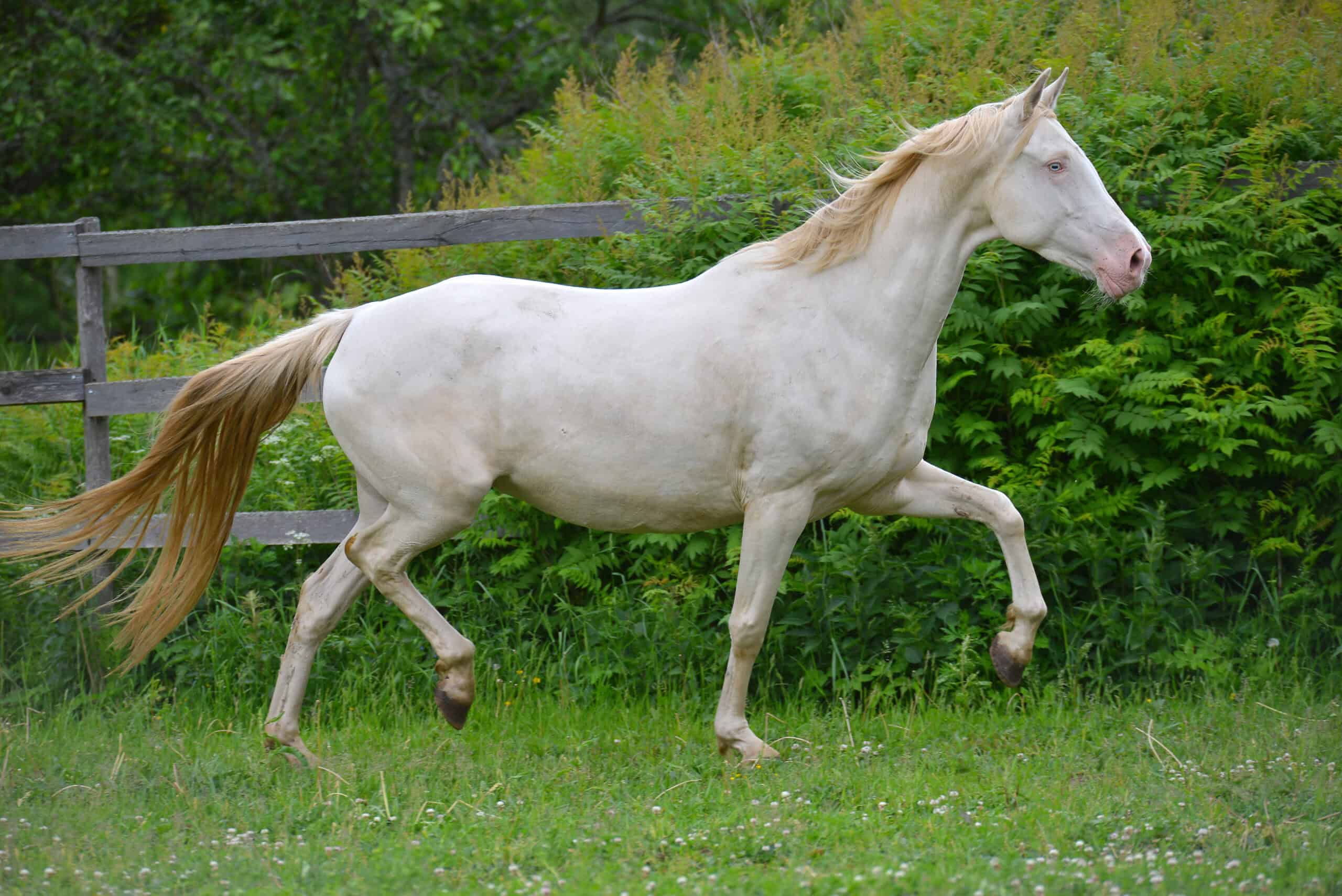
Cremello horses are known for their cream-colored coats. Their base color is a pale cream or ivory. They have pink skin and striking blue eyes. This color comes from the double dilution of the chestnut gene. Cremello horses often appear almost white under sunlight. Their rarity is moderate, as both parents must carry the cream gene.
Perlino
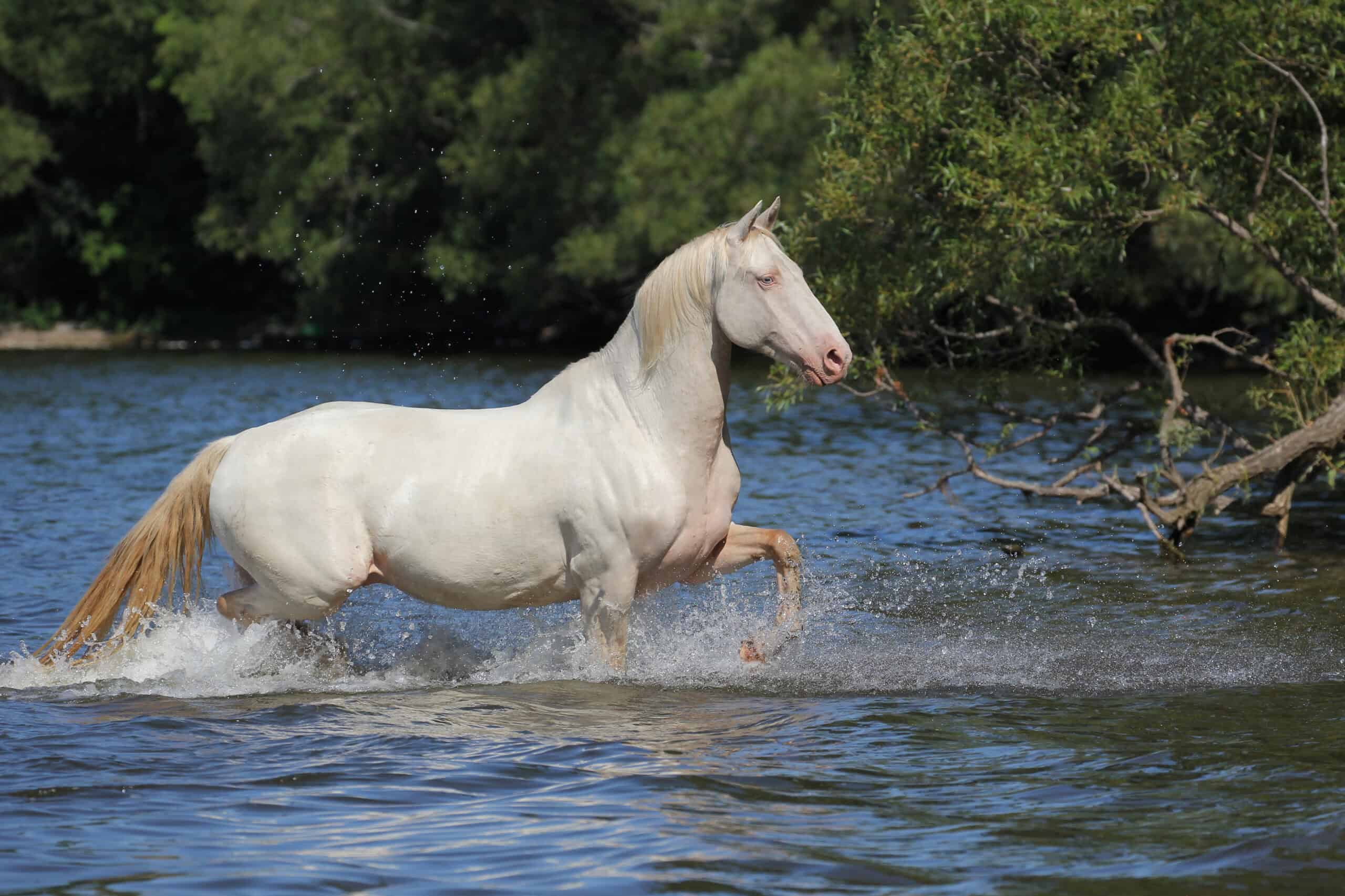
Perlino horses feature a light cream coat with a hint of copper or apricot. Their base color is a double dilute bay. They possess pink skin and blue eyes, similar to Cremellos. Perlino horses can look almost white, with a subtle tint in their mane and tail. They are moderately rare, requiring specific genetic combinations.
Champagne
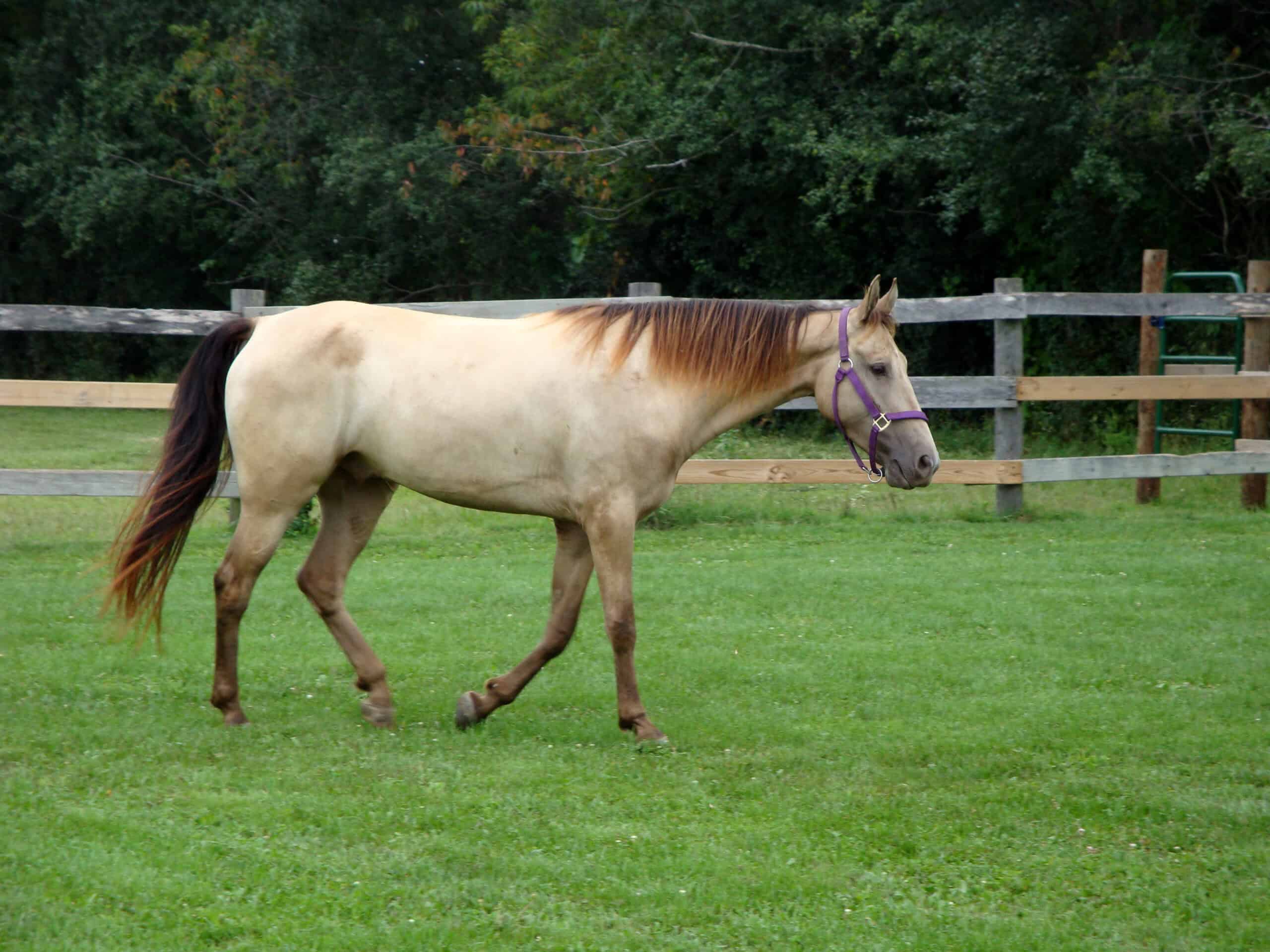
Champagne horses boast a distinctive metallic sheen. Their base coat can range from gold to amber, depending on the original color. They have pink or freckled skin. Eye color is usually hazel or amber. The champagne gene dilutes both red and black pigments. These horses are relatively rare but highly sought after for their striking appearance.
This article originally appeared on Rarest.org.
More from Rarest.org
17 Rarely Seen Reptile Species
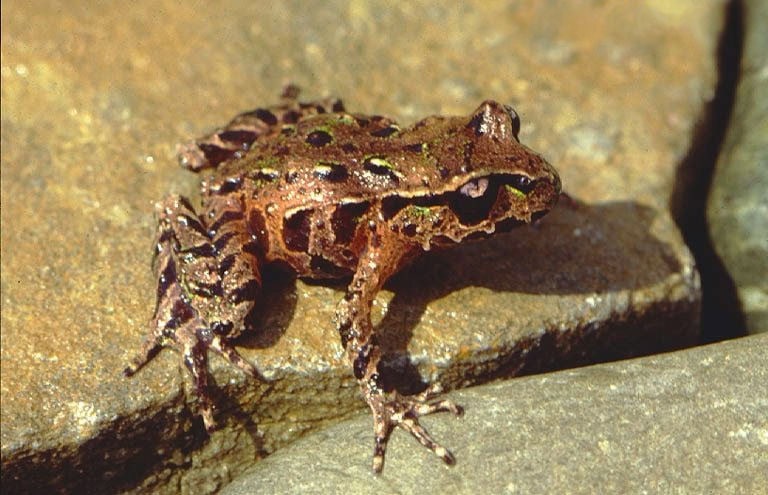
Reptiles are some of the most fascinating and diverse creatures on Earth, yet many species remain largely unknown to the general public. Read More.
1943 Washington Quarter Value Guide

The 1943 Washington quarter is made of 90% silver and 10% copper. The same composition was used from 1932 to 1964. However, from 1965 up to this day, the quarter was made of copper and nickel. Read More.
1944 Liberty Half Dollar Value Guide

Once dubbed as the most beautiful coin in US history, the 1944 Walking Liberty half dollar is undoubtedly a much sought-after collector’s item. The coin is made of silver, plus it has an unusual size for a half-dollar. Read More.
